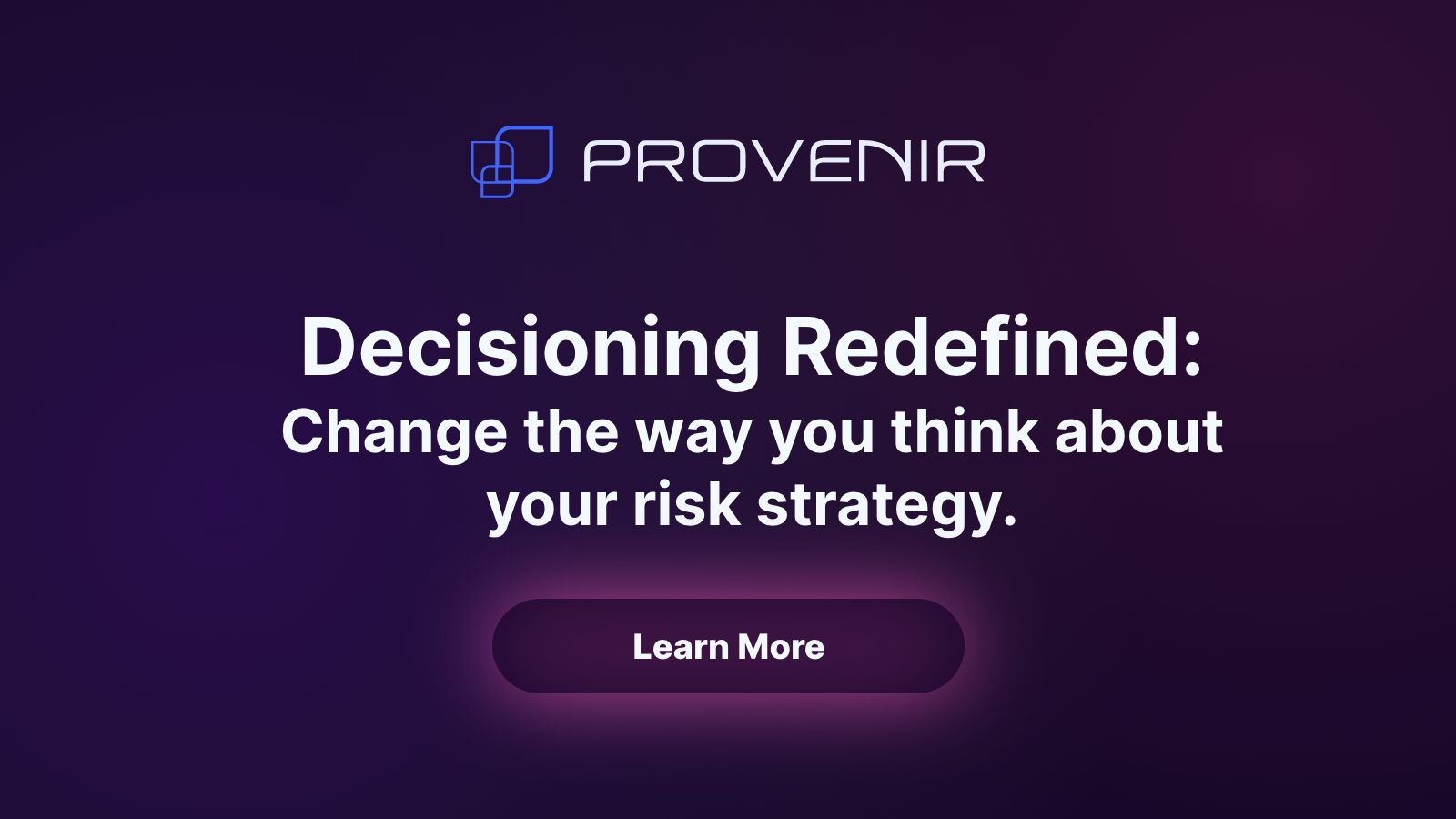Dear Mr. Lender: A Letter From An Anonymous Customer
BLOG
Dear Mr. Lender:
A Letter From An Anonymous Customer
Dear Lender,
It’s that time of year when we make plans, we think about ways we want to give more, and make resolutions to change. So, I thought it would be a good time to talk about how we could improve our relationship…
This isn’t a break up letter dear Lender, this is me reaching out to try and make our relationship keep working for many years to come—because when your service works well we’re great together. There’s just a few glitches in the system that we need to work through!
Did you know that it took almost 280 pages of paper to get my mortgage with you?
That’s right, two hundred and eighty. How did that happen? I get that you need copies of my bank statements, information about my earnings, and a billion other pieces of information. But there’s got to be a better way, don’t we live in a digital world?
On its own 280 might not seem like a whole lot of paper to buy a home, but I’m just one person. In 2017 the US used over 2.2 billion sheets of paper to process mortgage applications. That means as a country we had 204,000 trees chopped down so we could print out digital documents.
In the long-run I think switching to digital files would be good for both of us, think of all the time your team could save if they didn’t have to print out hundreds of documents a day! Not to mention the reduced stress of not having to fix printer paper jams and reprint the pages that came out pink because you’ve ignored the ‘low ink’ warning for too long. And storing all of those paper files? Well, that’s just a fire hazard.
I understand that there’s regulations that you need to comply with and data security to worry about, but other lenders are able to solve these problems, can’t you too? I really want this to work between us, we’ve been together since I opened my first account and I honestly don’t want to move on, but I’d really like it if we didn’t need to contribute to deforestation the next time I buy a home. Could this be one of your New Year’s Resolutions, perhaps something to put on your Christmas list? I’m sure your CRO would approve.
While I’m here there’s a couple of other changes that could really help our relationship…
Like quick access to funds in emergencies.
It would make life so much easier if loans were credited to my account on the same day that I applied for them. The loan I needed to cover a car repair earlier this year took almost 72 hours to hit my account. I know that for you 72 hours doesn’t seem like a long time, but for me it meant that I had to pay for a Lyft for 3 days to get to and from work.
What made this more frustrating is that other lenders offered same day approval, but I’ve been banking with you forever, so I trusted you to provide a fair loan. Honestly, I was pretty tempted to try one of those mysterious fintechs I’ve heard about. Apparently they make an instant decision. I really wish you’d do this so I didn’t have to worry about when I’d be able to pay for unexpected emergencies. Do you think faster loans are something you could provide in the future? Perhaps it could all be completed online so I didn’t have to come down to the branch. I’m sure with the right technology your talented risk team could make this work!
This last request is really advice to help you get along with my friends better, after all, their opinion matters a great deal to me, especially when they say bad things about you. Those bad reviews can make it a little tempting to move on…
It would be really awesome if when they communicated with you that you saw them as more than a number.
While I get that traditional credit scores are a simple way of assessing applications, behind every application is a human who’s more than a number. After all, not everyone has been in the country long enough to build a credit history that bureaus pay attention to. And my immigrant friends aren’t the only ones who have struggled to build a traditional credit score. My friends that only use cash have also found it hard as their thin credit files make them difficult to understand. I’m sure there’s data that could tell you more about our lives than a traditional credit score does. Maybe you could look at more than our credit scores to dig deeper into our lives. With bank statements you could really understand how careful we are with money and other alternative data could tell you about our lifestyle.
So, instead of seeing a 550, you could see a recent immigrant with two kids who just secured a high paying job. Or a single mother working three jobs who consistently pays her bills on time but needs extra cash to pay for Christmas gifts. Is there a way you could see my friends as more than a number? How do other lenders do it? I’d love for you to see the bigger picture so my friends can take advantage of your great products too!
Sincerely,
(Redacted)
AKA Credit score: 610







